Radical Student Choice: Student Designed and Demonstrated Projects
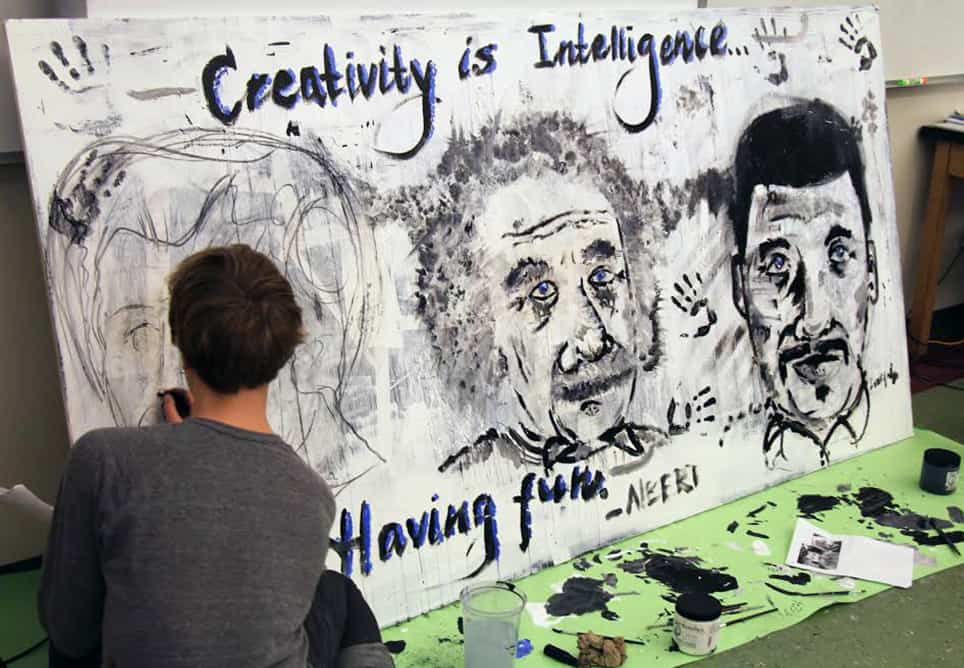
Four years ago, my school implemented a pretty awesome new program, which we dubbed Adventure Days. For two full days, no middle school classes are held and each student pursues a project of their own design to showcase at the end of the second day. In February of this year, we had our 4th annual Adventure Days, and we’ve learned some amazing things about student creativity and drive as well as raised some questions about how to support our students further.
In the first year, the projects were almost universally incredible: huge murals, intricate creations, challenging software solutions, new dance choreography, and more in every imaginable field. The second year was… a bit of a dud. As faculty, we were sort of shocked. Half-baked ideas were proposed or lifted directly from Pinterest, and final projects were simply not impressive. Not all of them, of course… I still bring a MaKey MaKey drum shirt created by two students that year to conferences as an awesome early example of student “making”.
The third year, the faculty made some adjustments. We started the planning process two weeks earlier, and on the proposal form we asked why the proposed project *mattered* to the student. We offered feedback on every single proposal, and required a second draft that responded to the feedback. The students weren’t happy. They said we were taking the fun out of Adventure Days, turning into just another high-pressure school project. But we stuck to our guns, added another 1.5 hour planning period a week before the official Adventure Days for students to plan materials and schedule out their days, and the results were astonishingly better! Major works of art using new media, truly challenging software/hardware projects, comparative dissection (*heart!*), slam poetry, and shouts of “YES! It works!” resounding through the halls as the Friday afternoon showcase approached.
We went into this year – Adventure Days 2016 – feeling confident in our process. The proposal process was similar, with tweaks to the proposal questions to be more concrete and less lofty. (“How will this project impact your hopes and plans for your future?” was a little daunting in the 2015 proposal form…) We created a brainstorming bulletin board to encourage graffiti-like community brainstorming, but it wasn’t used very widely. Organizing the project groups and adult mentors was also immensely easier with our great increase in physical space and the addition of our new makerspace. With more general space and more technical space, we could focus more heavily on “social” balance in our assigned groupings rather than needing to have all the technical projects in one space, all the painting projects in another, etc. Being able to distribute the high-needs students significantly reduced burden on teachers, and made our work days much smoother.
With an increased push for our students to think really big, increased concrete support for developing those big projects, more space and more equipment (helloooooo laser cutter), and groups better organized for positive progress and sufficient adult support, almost everyone agreed that this year was the best Adventure Days yet. Chocolate made from raw cocoa beans and then laser cut, a bicycle-driven generator, a documentary about what it feels like to be a young woman today, practicing special effects makeup, taxidermy(!), unique song compositions… just an incredible variety.
Even with the incredible depth of many projects this year, we still had some interesting patterns. I hesitate to call them “problems,” but I definitely wonder whether they indicate some missteps in our process…
In previous years, we’ve had a handful of short films, computer animations, and live performances for the theater audience part of the showcase, resulting in a nice mix of physical projects and digital/performance projects. This year, we had only *3* live performances and more films and animations than we could realistically show in the theater… several films and animations had to be showcased only on individual laptops during the fair-style part of the showcase.
This was a snag we knew from the very beginning, when our stacks of sorted “video/documentary” and “animation” proposals were hugely thick. Cooking and alternative forms of “making” like sewing or paper mache were all much thinner than in previous years. Did we unwittingly devalue projects in those areas? Was there something in our culture this year than boosted ideas around film and animation? I have a few ideas there… we’ve often used “just baking cupcakes with friends” as an example of an Adventure Days project that doesn’t push oneself, so perhaps that also devalued all cooking projects for many students. We’ve also had more film-making art classes that may have brought film into more students’ minds as an interesting pursuit.
Proposal Stacks for AD 2016
So, while we’re feeling successful with students taking on big, exciting, challenging projects, I’m feeling a little dismayed in wondering whether we’ve been inadvertently steering students’ project ideas too much. As we already start thinking about next year, I want to put some serious thought into how to broaden our students’ ideas of what they can explore.
Are we at risk of narrowing and narrowing the types of projects each year, as students see others’ projects and their own divergent creativity is hindered by expectations? If we push to hard for “do something exciting and challenging!”, will the kids begin to limit themselves to types of projects that teachers have deemed “exciting and challenging” in past years? Can we (should we?) more actively promote other types of projects that are less about making a thing and perhaps more about solving a problem or deeply investigating a topic? (I heartily welcome thoughts on any of these questions!)
This actually might be an interesting design thinking exercise for faculty and students.
Thinking about implementing Adventures Days in your schools? Here are a few things to consider as you ideate:
- How will you provide scaffolding for students to plan out their projects?
- As described above, we’ve increased scaffolding in the planning stages over the four years.
- How will project materials be funded? Will students be expected to buy their own materials? Will the school give each student a budget?
- Our general policy so far has been that materials for building items that will be for the student’s personal use – like RC planes – will be purchased by the student. Consumables like art supplies or cooking supplies are funded by the school, but within reason. This is a big conversation!
- How will you justify the learning value to parents and other stakeholders?
- We’ve had parents on both sides of the fence, some asking for more Adventure Days and some questioning whether it’s a valuable use of time. Our students’ own voices have given us the strongest statements to its value: independence, persistence, deeper understanding of a personally chosen topic/skill, pride.
- Where will the project work take place, and how will teachers survive those days?
- As always, smaller groups in larger spaces are better. But in the case of Adventure Days, we’ve found that even groups of only 12 are nearly unmanageable for a single teacher, since almost every student is constantly asking for advice, materials, an extra hand, or any number of other types of support. Spaces are similar… many projects sprawl!
For more blogs by Lindsey, check out:
- Incorporating STEM and Tinkering Across the Primary Grades
- A Challenge to Bring Making Into Hour of Code
- 8 Tips in Taking on School-Wide Makerspace Leadership
Stay in-the-know with all things EdTech and innovations in learning by signing up to receive the weekly Smart Update
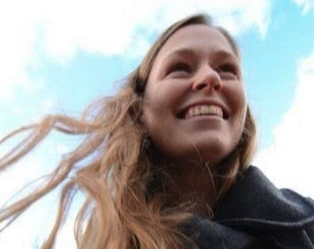

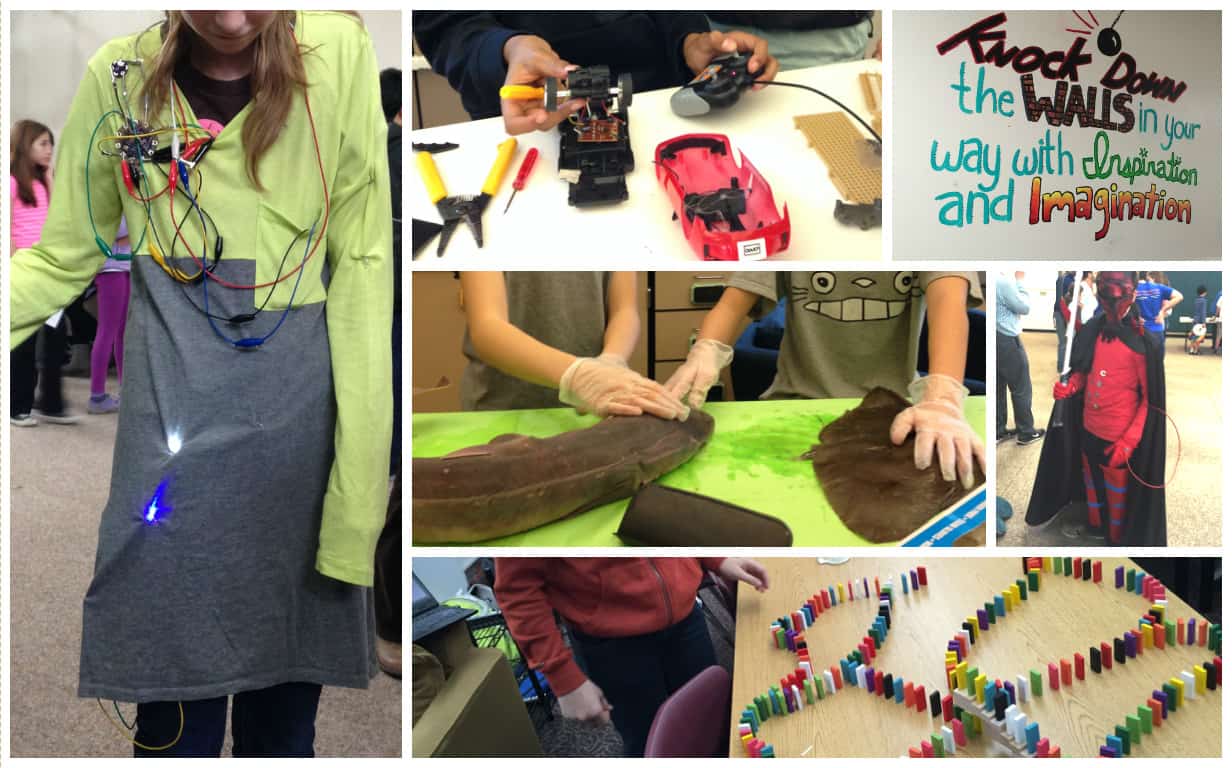
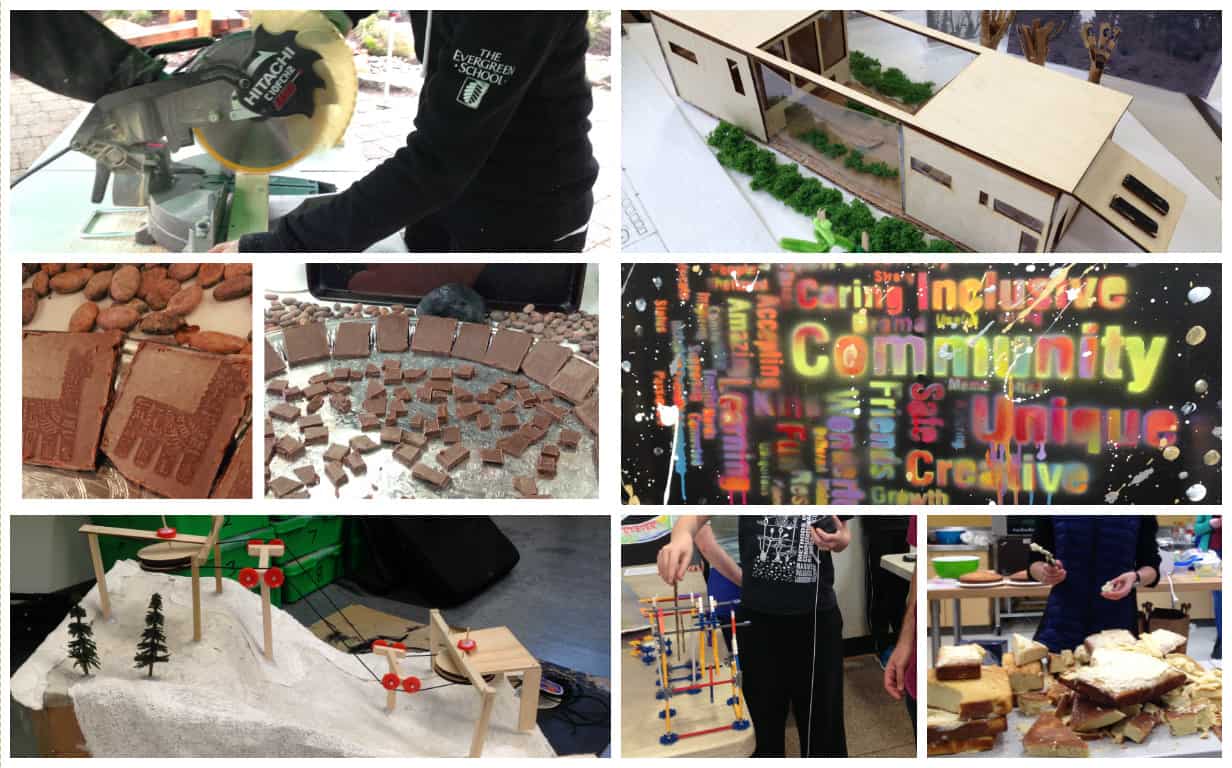


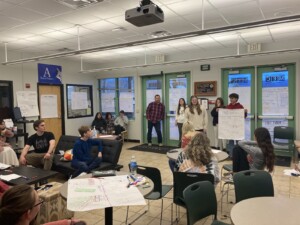

0 Comments
Leave a Comment
Your email address will not be published. All fields are required.